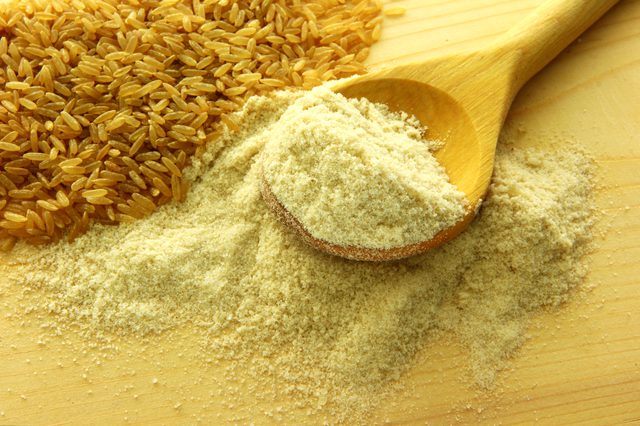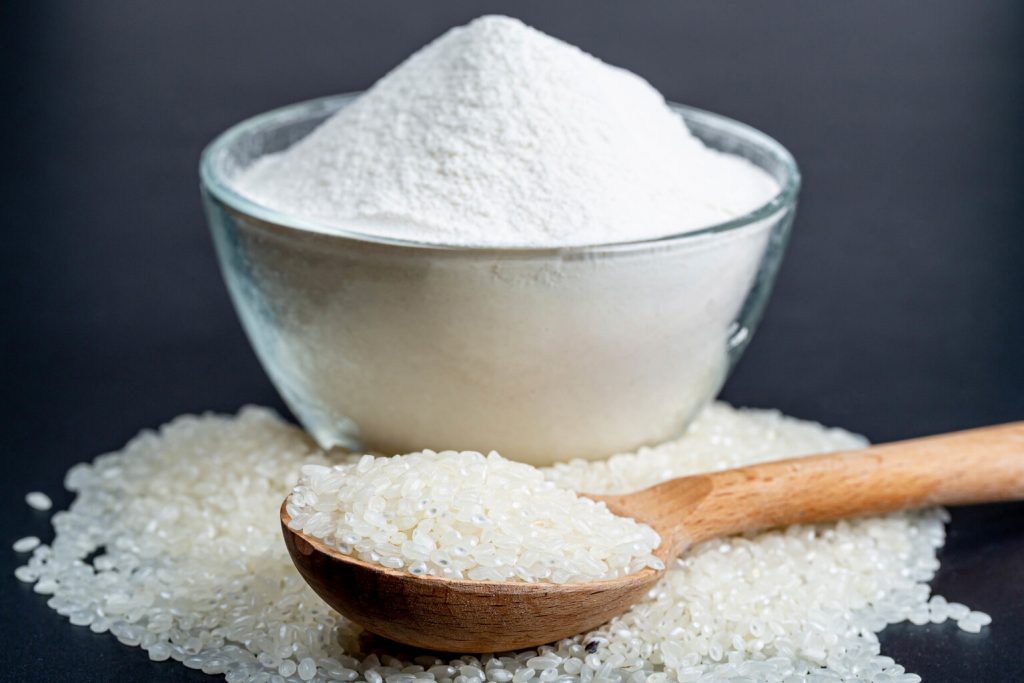Maltodextrin vs. Soluble Rice Flour: Choosing a Healthier and More Transparent Alternative
In the ever-evolving world of food manufacturing, finding suitable ingredients that meet consumer demands for transparency and healthier options is crucial. Two commonly used ingredients, Soluble Rice Flour and maltodextrin, often serve as bulking agents. However, upon closer examination, it becomes evident that Soluble Rice Flour is a compelling alternative to maltodextrin. Not only does it offer functional properties similar to maltodextrin, but it also contains essential nutrients, proteins, and fibers, making it a more wholesome option. Additionally, Soluble Rice Flour addresses concerns related to processing methods and labeling practices. In this blog post of Maltodextrin vs. Soluble Rice Flour, we will delve into the benefits and drawbacks of Soluble Rice Flour and maltodextrin, highlighting why Soluble Rice Flour emerges as a superior choice for food manufacturers seeking healthier, more transparent, and nutrient-rich ingredients.
Understanding Maltodextrin:
Maltodextrin is a carbohydrate derived from starch, typically sourced from corn, wheat, or potatoes. It is commonly utilized as a bulking agent, stabilizer, or sweetener in a wide range of processed foods. While maltodextrin is widely available and cost-effective, there are concerns surrounding its processing methods and labeling practices.
Concerns with Maltodextrin vs. Soluble Rice Flour:
Composition
Maltodextrin is a commonly used ingredient, a white powder that primarily consists of carbohydrates. Maltodextrin is known for its high glycemic index, which means it can raise blood sugar levels rapidly upon consumption
. However, it is essential to note that maltodextrin lacks the nutritional benefits found in whole grains. While it serves as a bulking agent and provides texture to processed foods, its nutritional value is limited to its carbohydrate content.
Labeling Practices
One of the notable concerns with maltodextrin lies in its labeling practices. Despite undergoing extensive processing, maltodextrin is often listed as a simple ingredient on food labels, which may not accurately convey the nature of the product to consumers. This lack of transparency can be problematic for individuals seeking natural and clean label options.
Introducing Soluble Rice Flour
Soluble Rice Flour emerges as a natural and clean label alternative to maltodextrin. It is derived from high-quality rice grains and undergoes a specialized process to make the rice flour soluble, mimicking the functional properties of maltodextrin. Importantly, Soluble Rice Flour retains the natural goodness and properties of rice flour, including essential nutrients, proteins, and fibers.
Advantages of Soluble Rice Flour:
Clean Label Solution
Soluble Rice Flour provides a clean label solution for food manufacturers. It can be labeled simply as “rice flour,” providing transparency to consumers who prefer to know exactly what they are consuming. The clear labeling allows individuals to make informed choices about the products they purchase.
Natural Processing
The process of making Soluble Rice Flour involves a natural method that mimics the properties of maltodextrin without the use of harsh chemicals or enzymes. This natural processing ensures that the final product retains its natural properties while offering functional benefits. Additionally, Soluble Rice Flour preserves the nutrients, proteins, and fibers present in rice flour, making it a more wholesome option compared to pure carbohydrate maltodextrin.
Allergen-Free
Maltodextrin derived from wheat can pose concerns for individuals with gluten sensitivities. In contrast, Soluble Rice Flour is naturally gluten-free, making it a suitable alternative for a broader range of consumers, including those with specific dietary needs or restrictions.
Versatility
Soluble Rice Flour exhibits functional properties similar to maltodextrin, making it a versatile ingredient for food manufacturers. It can serve as a bulking agent, thickener, stabilizer, or even a gluten-free alternative in various food applications. Its versatility allows for seamless integration into existing recipes and formulations while adding nutritional value.
Consumer Demands for Transparency and Healthier Choice
In recent years, consumers have become increasingly conscious of the ingredients in their food and are actively seeking healthier and more transparent options. They want to know what goes into their bodies and prioritize clean label products that align with their values.
By using Soluble Rice Flour instead of maltodextrin, food manufacturers can cater to these demands, gaining a competitive edge in the market. Additionally, Soluble Rice Flour’s inclusion of essential nutrients, proteins, and fibers aligns with consumer preferences for more wholesome and nutrient-rich food choices.
Conclusion
When comparing maltodextrin vs. Soluble Rice Flour, it becomes clear that Soluble Rice Flour offers a superior alternative for food manufacturers seeking healthier, more transparent, and nutrient-rich ingredients. With its natural processing methods, clean label solutions, allergen-free nature, versatile functionality, and inclusion of essential nutrients, proteins, and fibers, Soluble Rice Flour meets consumer demands for transparency and healthier food choices.
By choosing Soluble Rice Flour over maltodextrin, food manufacturers can provide their customers with a superior ingredient that delivers both quality and peace of mind. Embracing Soluble Rice Flour enables the creation of products that align with the growing market trends, fostering consumer trust and loyalty in the process.




